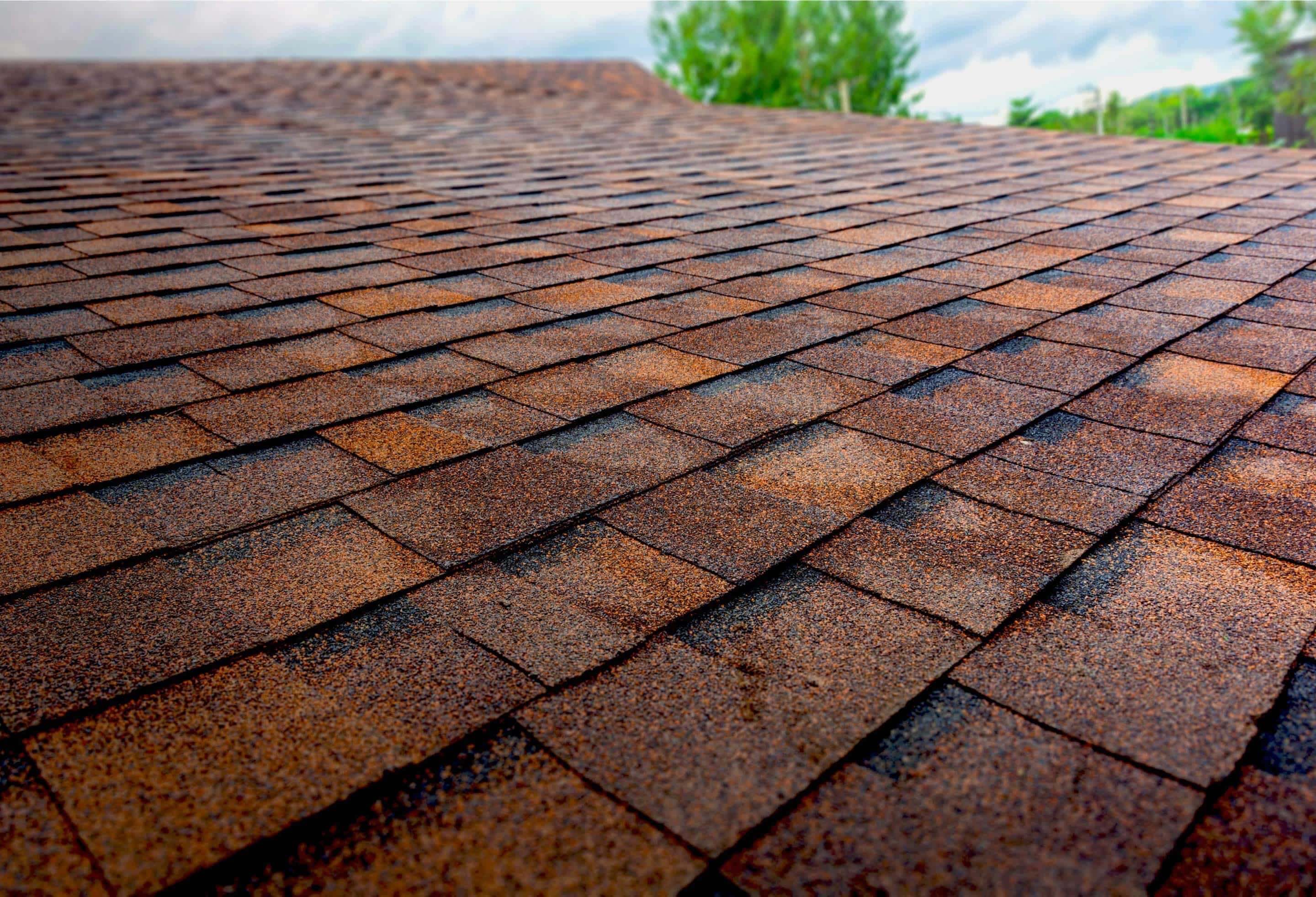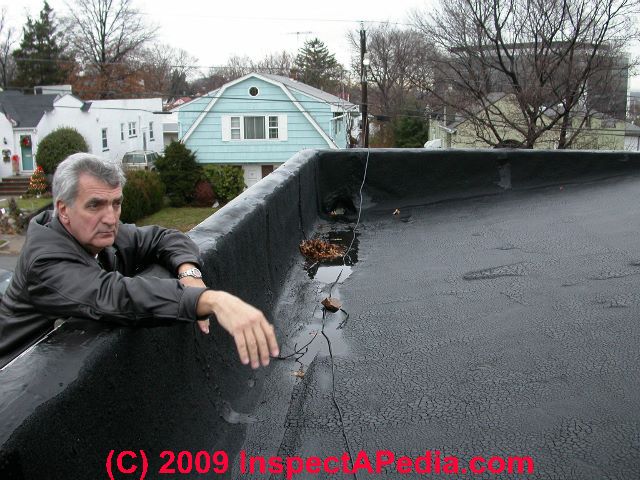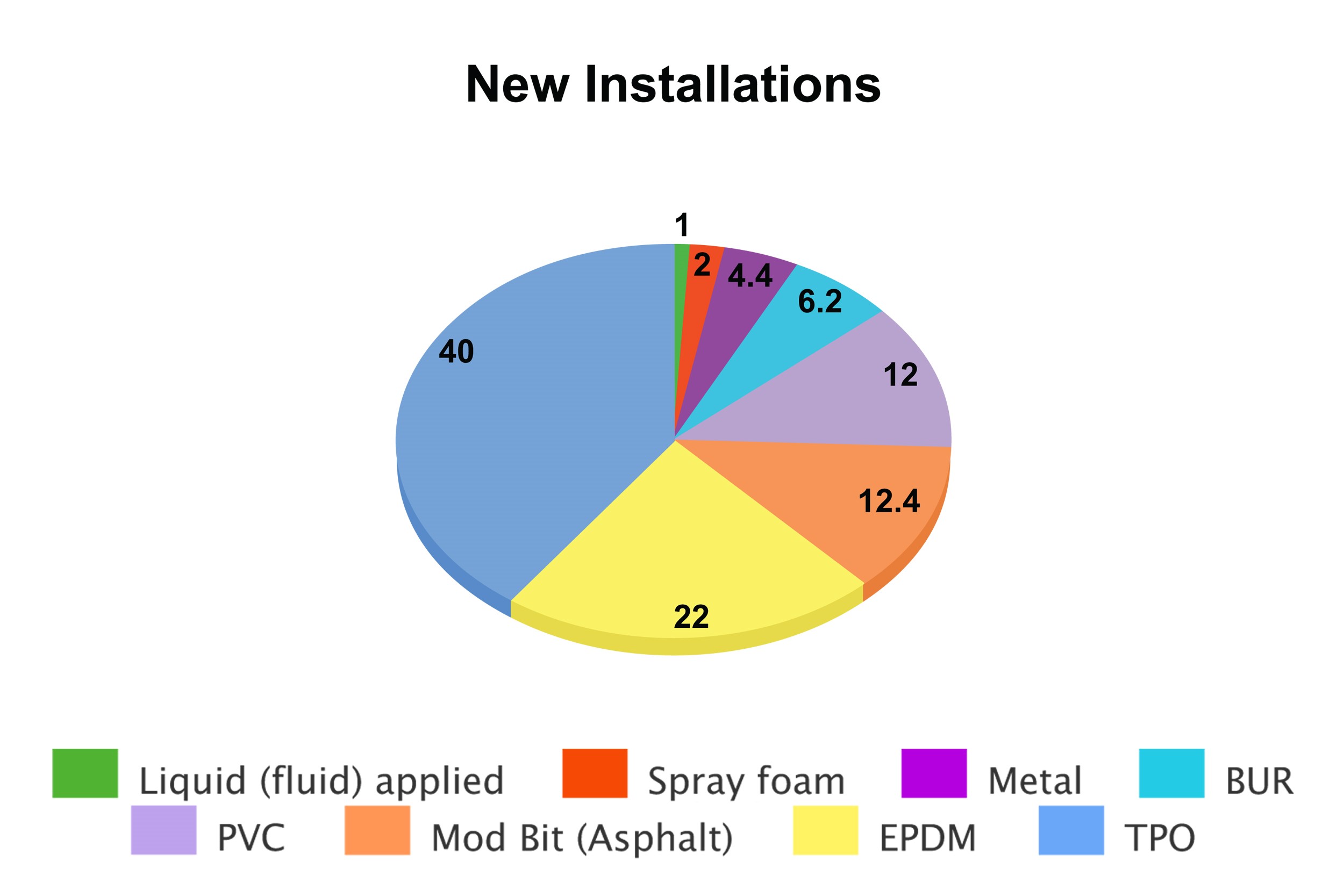Historic Flat Roofing Material Method

Modified bitumen cap sheet roofing was developed in the 1960s as a replacement technology for bur or built up roofing by using the proven technology of bur but also adding polymer reinforced roof wear layers or cap sheets.
Historic flat roofing material method. Many pantiles s curved tiles as well as flat roofing tiles were used in jamestown virginia. Historic roofing materials in america. In some cities such as new york and boston clay was popularly used as a precaution against such fires as those that engulfed london in 1666 and scorched boston in 1679. This lightness eliminates the need for owners to use reinforcement for their roof decks.
Traditional roofing materials continue to lead the pack when it comes to historic public buildings. French method shingles are shaped like diamonds or hexagons in an attempt to imitate slate roofs of french chateaux. Copper has always been a popular choice of metal for roofing because of its ease of handling and the beautiful way it ages. Sheet lead and copper have been soldered into flat seam roofs for centuries long before thomas jefferson s 1740s roof at monticello but the more common metal roof type is the standing seam.
In varying degrees each of these sheet metals are likely to deteriorate from chemical action by pitting or streaking. Ethylene propylene diene monomer epdm epdm is classified as rubber roofing. Here long panels of metal 24 or so wide are first bent up about 1 along both edges. This flat roofing dominates the market because it s affordable and strong.
Clay tile european settlers used clay tile for roofing as early as the mid 17th century. Historically they were so large 12 by 12 inches and 16 by 16 inches were standard sizes that they required storm anchors hooks to hold the edges down during high winds. The fact that so many historic roofs have survived for centuries is a testimony to the design materials and skills used on traditional roofs even though few would fully. Zinc started to be used in roofs in the 1700s and remains popular today as an alternative to copper.
Traditional roofing materials think sheet metal clay tile and slate continue to crown public buildings large and small not only because of their timeless beauty but also by virtue of their proven durability. Lead copper zinc tin plate terne plate and galvanized iron. Many pantiles s curved tiles as well as flat roofing tiles were used in jamestown virginia. Compared to older roofing systems epdm weighs lighter.
Of the inorganic roofing materials used on historic buildings the most common are perhaps the sheet metals. European settlers used clay tile for roofing as early as the mid 17th century.














































